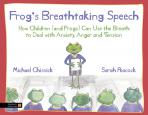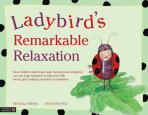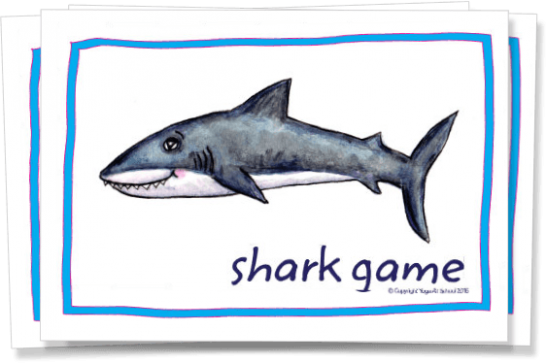Enrich children's yoga lessons with their favourite stories. The Very Hungry Caterpillar


Introduction
There are many ways to use story in the yoga lesson. I have had considerable success using well known children's stories in which I embed the postures. In this article I explain how I used this approach with The Very Hungry Caterpillar
Background:
Eric Carl's The Very Hungry Caterpillar is one of the most popular children's stories - ever! The fact that the book was forty-seven years old in March 2017 provided a wonderful excuse for Year 5's to work on it over the term in our yoga lessons. The children had been enjoying their regular yoga session as part of the school day for many terms.
My aims were to:
- Encourage the children to invent postures that represent the various foods and greenery that the caterpillar eats as the story unfolds.
- Improve group or teamwork skills. More specifically listening, helping each other and saying well done in appropriate ways.
In order to help them improve those skills we gave each group self monitoring cards. They enjoyed using them and were, in the main, honest and fair in their personal assessments. We found these cards to be a powerful tool to help change attitudes and behaviours.
Method
Each week the children worked in the same groups of five-six inventing postures that represented the items of food that the caterpillar was eating. The children had already been taught to identify the different categories of yoga postures and could, for example, distinguish between a back bend and an inverted posture. By the end of term we had created the postures and were busy pulling it together into a production that we could present to the entire school.

Our only extravagance was a metre high Hungry Caterpillar with a flowing silk body. It was beautifully made by a professional prop-designer. Well, it was Caterpillar's birthday and we figured he was worth it! We kept the music simple, humming a ponderous melody as the caterpillar sauntered around the presentation area.
Summary
The children were highly motivated, exceptionally creative and went about their work with total enthusiasm. We were staggered by their ability to build on their existing yoga knowledge and create credible postures, which could be classified as a backbend, inverted, side-stretch and so on. The enjoyment was obvious as they grasped opportunity after opportunity to show their creativity and flair. The presentation, which was watched by the whole school, was a great success.
The self monitoring cards gave the children a focus which helped during the activity. This tool also helped them decide which skills to work on next time. Staff reported better listening behaviours during the weeks of the project and more children were specific in their praise of peers.
I am convinced it worked well because:
- Everyone knew the story
- The posture work was compelling and interesting to watch
- The use of props and group singing was simple yet highly dramatic
- Several children were able to talk about their group skills and show how they created new postures.
Conclusion
The Head and staff were unanimous that it had been a highly successful project because:
- It was great fun for staff and children
- Progress was made each week and that progress was clear for everyone to see
- We covered all the physical learning objectives
- We covered several of the Social & Emotional Aspects of Learning objectives i.e. most children improved their listening skills, were helpful and praised each other.
- On the creative /yoga side the story had yielded twenty six new postures!
(c) Copyright 2017 Michael Chissick & Yoga at School.Not to be reproduced or distributed without permission





